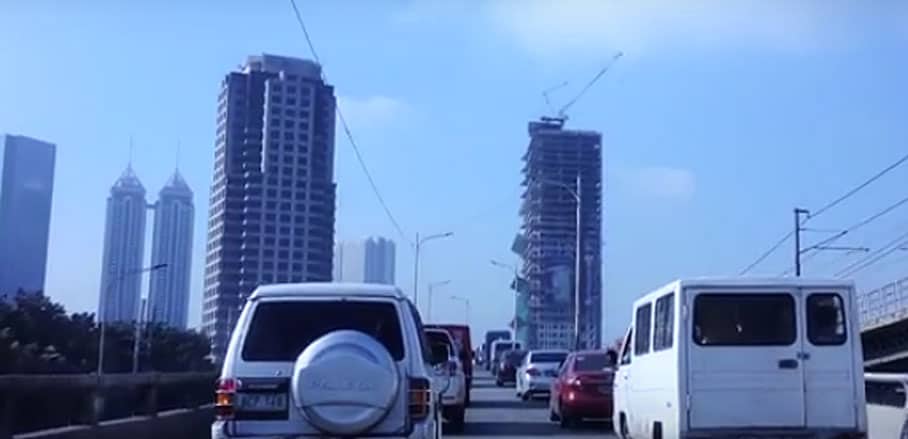“Cities are the future driving force in Asia”
Interview with Claudia Hermes
There is no shortage of ideas for sustainable development projects in Asia. However, often the financial resources provided for environmental and climate protection projects as well as waste water, energy or infrastructure projects is scarce. The Cities Development Initiative for ASIA (CDIA) supports Asian cities in finding investors and building their infrastructure. In an interview with Urbanet CDIA coordinator for GIZ Claudia Hermes explains how the CDIA works and what the idea behind it is.
Ms Hermes, what was the motivation behind the foundation of the Cities Development Initiative for Asia (CDIA)?
The participants of the international conference on “Investing in Asia’s Urban Future” in February 2007 in Manila all agreed that cities are the driving force in Asia. At the same time everyone agreed that sustainable city development must be accompanied by the reduction of poverty. Consequently, in the autumn of 2007 the CDIA was founded as a partnership between the Asian Development Bank (ADB) and the German Federal Ministry of Economic Cooperation and Development (BMZ). Today the CDIA is managed both by the GIZ and the ADB; aside from the funding it receives from the BMZ, the CDIA also receives additional financial aid from from other european and asian donors.
In the light of the sheer number of Asian cities with 250 000 to 5 000 000 inhabitants and the very real problem of rural exodus, the questions asked in Manila are still relevant: How is inclusive urban development defined in different contexts? What are the challenges that arise during the implementation of environmentally and climate compatible urban planning? How can cities be lievable again, and what does it mean for city development if it claims that all city inhabitants should have a humane livelyhood and development opportunities?
Which actors are involved in the CDIA?
The CDIA is a common initiative of the donors BMZ and ADB, as well as the governments of Switzerland, Austria and Sweden and the city Shanghai. The CDIA has an office in Manila and one in Shanghai which will be closed down by the end of 2016. The team comprises national and international members of staff from both GIZ and ADB. At the same time local partner organizations of the GIZ are involved in the supporting of the cities. Throughout the process, possible financing options for development measures – including chances for public private partnerships – are identified and considered as early as possible.
WWhat are the conditions cities need to meet to cooperate with the CDIA?
Cities are often not sufficiently equipped to prioritise the planning goals of a sustainable urban development in terms of concrete investment measures and to identify financing measures to implement them. This is where the CDIA program can help them. It is however important that the local governments already have a concept of sustainable development and that they have a keen interest in topics such as environment, climate change, poverty reduction and good governance.
What does the CDIA do specifically to support cities with the building and ex-panding of their infrastructure?
The program helps cities with the preparation of investment projects and encourages them to collaborate in these projects with suitable financing institutions. Prefeasability studies in advance of the projects, linking to finance and capacity building are the cornerstones of the concept. The program addresses the typical issues of a medium-sized Asian city: public transport, waste disposal, sewage disposal and the handling of flooding.
What kind of cities does the CDIA cooperate with?
Up to this day the CDIA has worked together with more than 80 cities in 17 Asian countries. Based on the project preparation studies supported by CDIA, financing partners like the World Bank, ADB or kfw as well as public private partnerships and national governments are financing the implementation of 51 investment projects. Roughly 5.8 Billion US-Dollars have been allocated for the financing of strategic infrastructures.
Is there a prject the CDIA is especially proud of? What are the challenges you ha-ve successfully overcome?
Well, you certainly need to be very persistent. It’s a long process from selection of infrastructure projects to the search for suitable investors and the actual building works to the finished project being actually used by the citizens.
It’s a huge support if the local government keeps its pro-activeness throughout that process, like in the case of the Philippine town of Naga. There the CDIA supported a project for the revitalizing of the Naga Rivers. The quality of live of many inhabitants has consequently been visibly improved and their houses are no longer threatened by flooding.
How can the New Urban Agenda support Asian cities in their development?
What I associate with the Habitat-Process is that cities in Asia are finally taken seriously as a driving factor for development. I hope that with the New Urban Agenda the issues of urban poverty and growing social inequality will be addressed with verve. Otherwise the New Urban Agenda would be a “toothless tiger”.
- “Cities are the future driving force in Asia” - 21. July 2016
